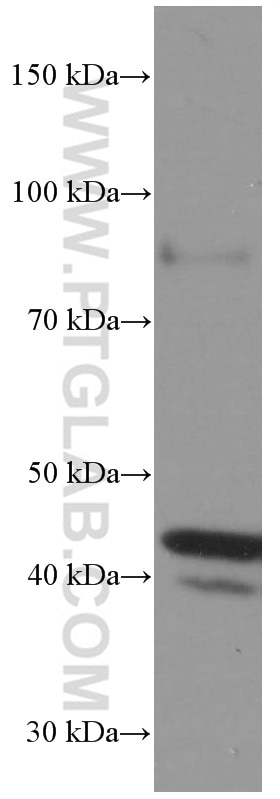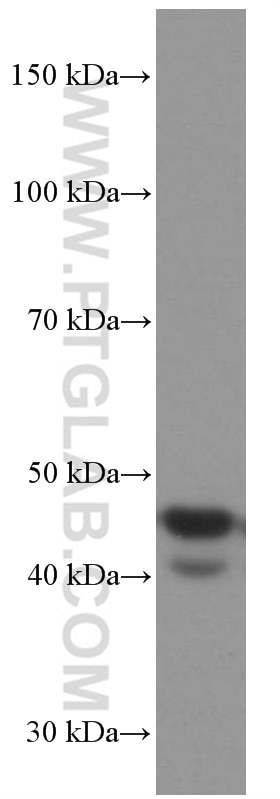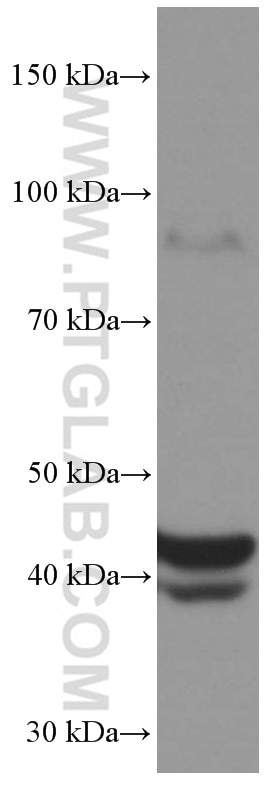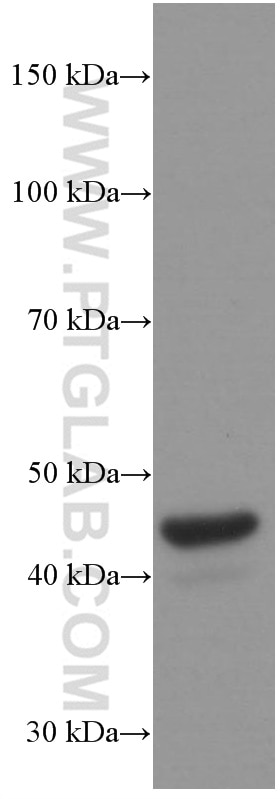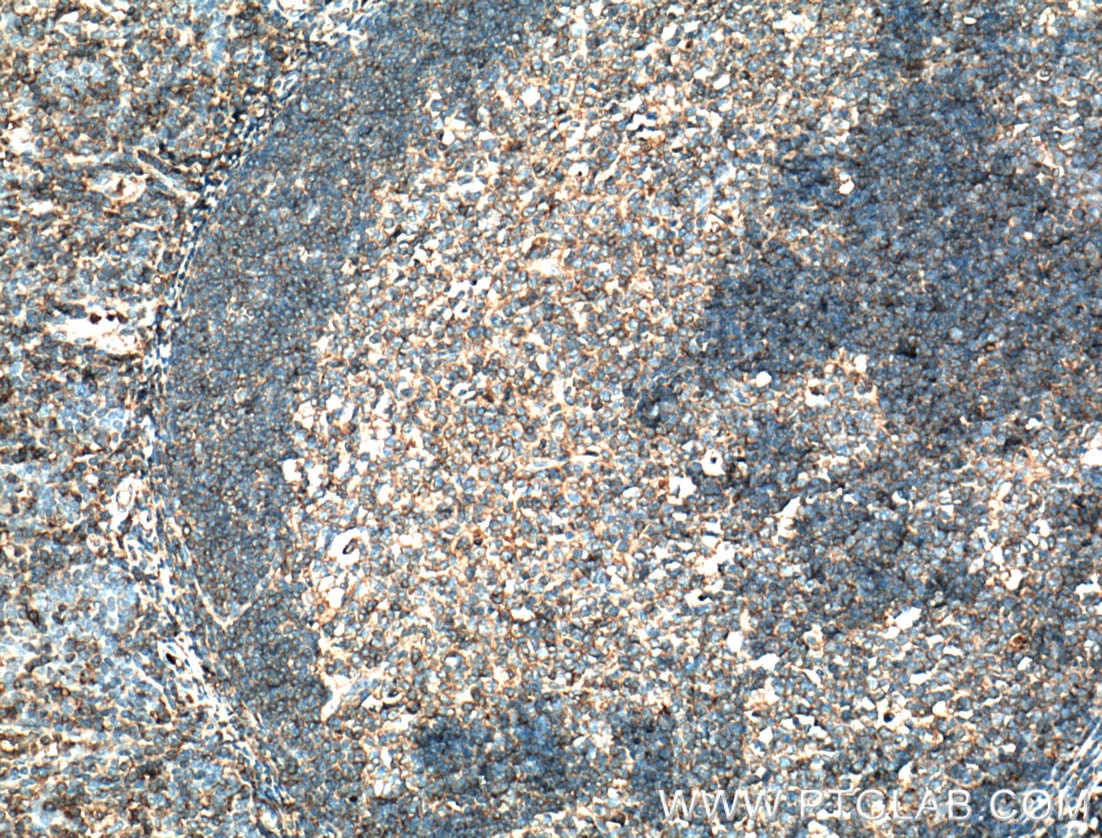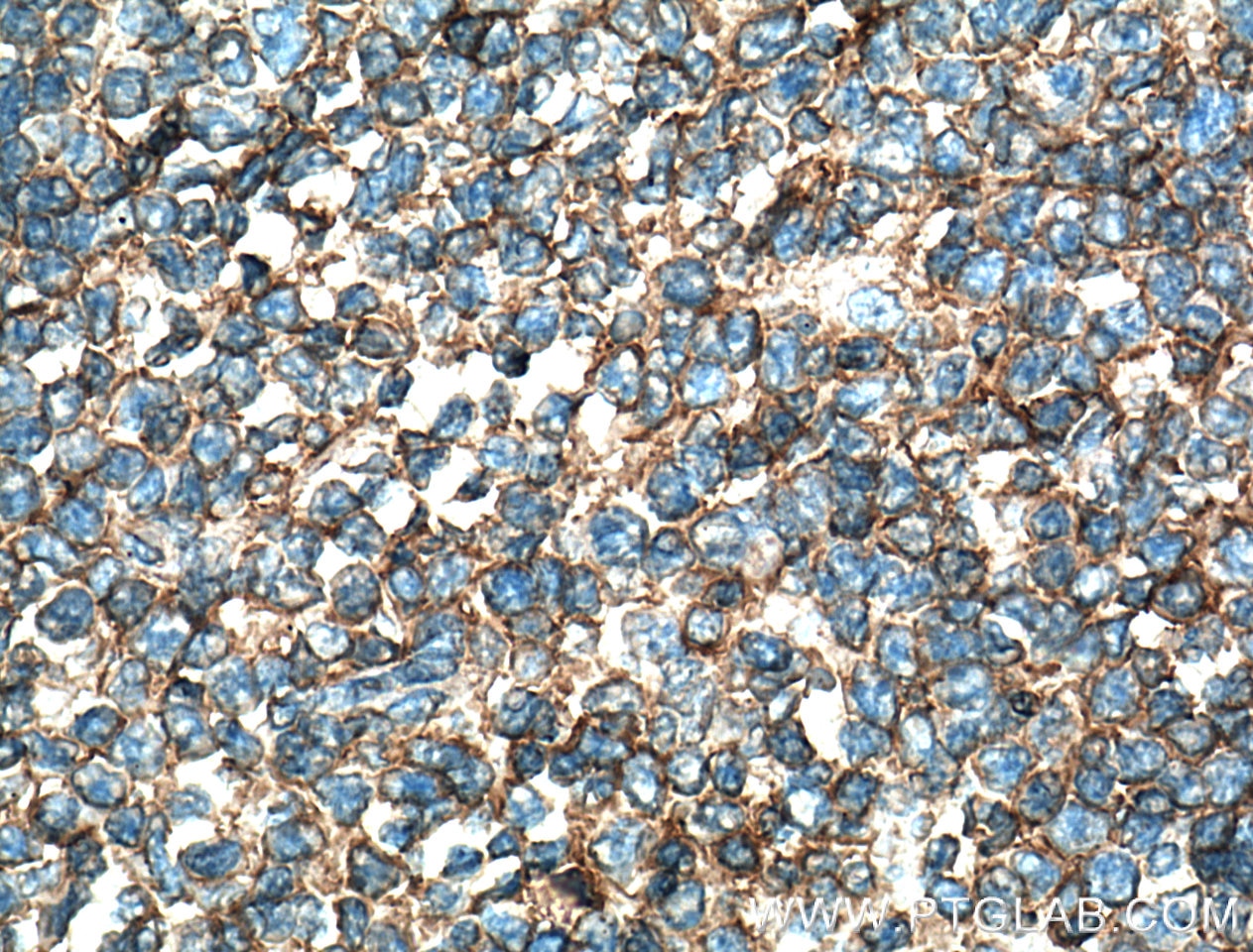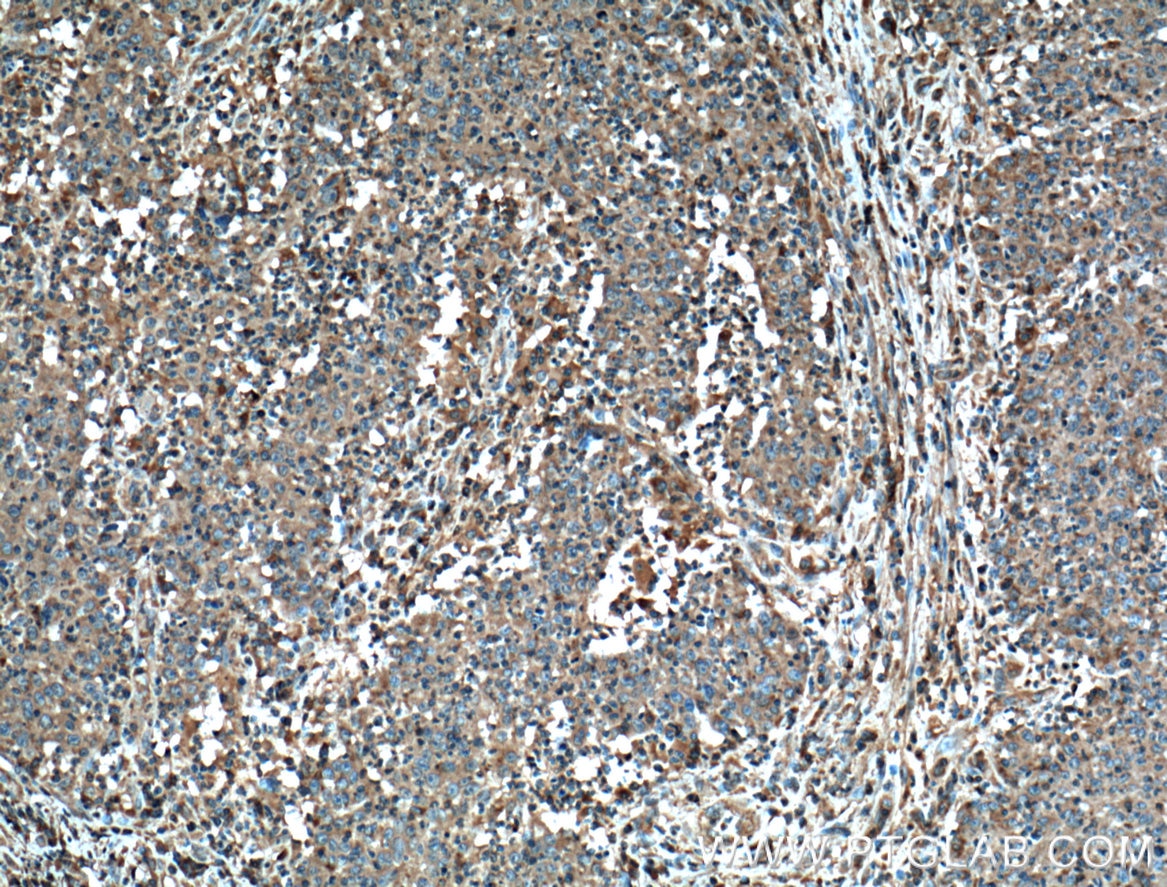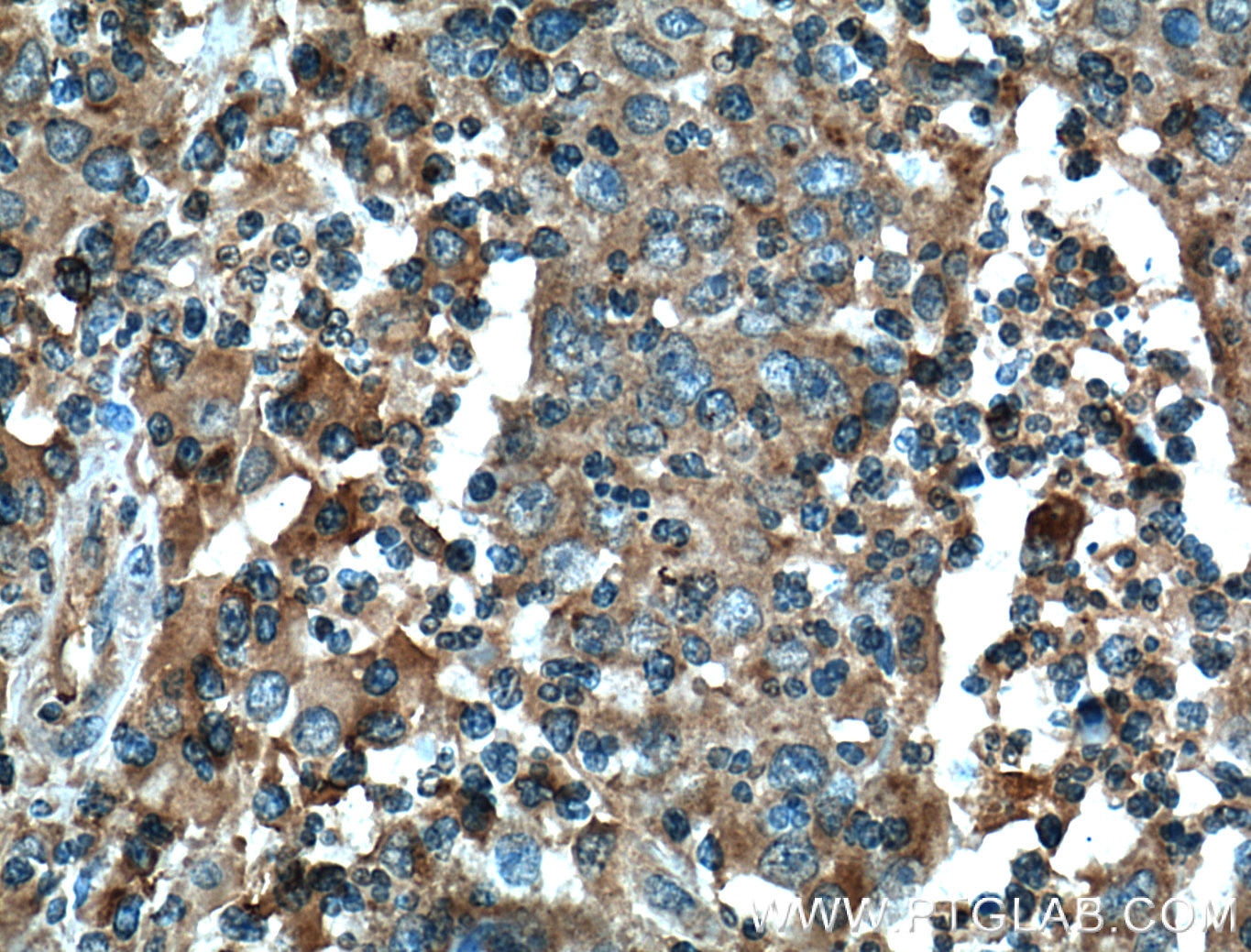- Phare
- Validé par KD/KO
Anticorps Monoclonal anti-Fas/CD95
Fas/CD95 Monoclonal Antibody for WB, IHC, ELISA
Hôte / Isotype
Mouse / IgG1
Réactivité testée
Humain
Applications
WB, IHC, ELISA
Conjugaison
Non conjugué
CloneNo.
1G7F7
N° de cat : 60196-1-PBS
Synonymes
Galerie de données de validation
Informations sur le produit
60196-1-PBS cible Fas/CD95 dans les applications de WB, IHC, ELISA et montre une réactivité avec des échantillons Humain
| Réactivité | Humain |
| Hôte / Isotype | Mouse / IgG1 |
| Clonalité | Monoclonal |
| Type | Anticorps |
| Immunogène | Fas/CD95 Protéine recombinante Ag3718 |
| Nom complet | Fas (TNF receptor superfamily, member 6) |
| Masse moléculaire calculée | 35-38 kDa |
| Poids moléculaire observé | 38-45 kDa |
| Numéro d’acquisition GenBank | BC012479 |
| Symbole du gène | Fas/CD95 |
| Identification du gène (NCBI) | 355 |
| Conjugaison | Non conjugué |
| Forme | Liquide |
| Méthode de purification | Purification par protéine G |
| Tampon de stockage | PBS only |
| Conditions de stockage | Store at -80°C. 20ul contiennent 0,1% de BSA. |
Informations générales
FAS, also named as CD95, APO-1, APT1, FAS1 and TNFRSF6, is a receptor for TNFSF6/FASLG. It is a cell surface receptor belonging to the TNF receptor superfamily, can mediate apoptosis by ligation with an agonistic anti-Fas antibody or Fas ligand. Stimulation of Fas results in the aggregation of its intracellular death domains, leading to the formation of the death-inducing signaling complex (DISC). FAS-mediated apoptosis may have a role in the induction of peripheral tolerance, in the antigen-stimulated suicide of mature T-cells, or both. The secreted isoforms 2 to 6 block apoptosis (in vitro). This anti-Fas monoclonal antibody can be used to induce apoptosis in cell cultures through Fas by imitating the Fas-ligand.
